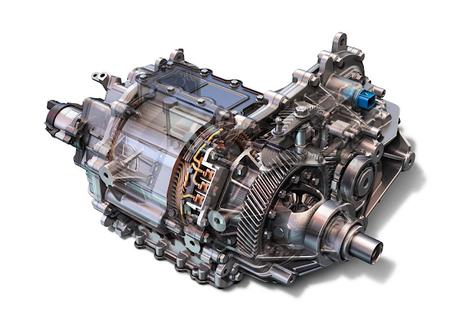 A wide range of automotive motors is available in vehicles. These engines are used in cars, trucks, buses, and motorcycles. The main difference between these propulsion systems is their capacity. The more powerful the engine, the more energy it can produce. A car with a V-6 engine can produce up to 100 horsepower, while one with a 3.6L V-6 engine can produce up to 600 horsepower. An automobile with an in-line six-cylinder engine can generate around five hundred horsepower.
A wide range of automotive motors is available in vehicles. These engines are used in cars, trucks, buses, and motorcycles. The main difference between these propulsion systems is their capacity. The more powerful the engine, the more energy it can produce. A car with a V-6 engine can produce up to 100 horsepower, while one with a 3.6L V-6 engine can produce up to 600 horsepower. An automobile with an in-line six-cylinder engine can generate around five hundred horsepower.A car engine is essential for the performance of a vehicle. A car engine is made up of multiple cylinders, which are bored into the metal block. Each cylinder contains a piston, which moves back and forth during each rotation of the crankshaft. A connecting rod attaches the piston to the rotating crankshaft. The piston is connected to the cylinder through bolts. The cylinder is sealed with a head gasket.
Automotive motors are a complex unit. They consist of multiple components, and the cylinders open and close at a specific time. These components combine fuel and spark to produce energy and produce exhaust gases. While many people think of the engine as just one component, it actually contains many individual components. In fact, there are several different parts to a car engine.
The combustion chamber is where the magic in automotive motors happens. The pressure, air, and electricity combine to produce a small explosion that moves the pistons and creates the power to move a car. The cylinder is made up of a piston and a cylinder head. The cylinder is the floor and the piston acts as the wall of the combustion chamber. The cylinder head serves as the ceiling of the combustion chamber. During this time period, the pressure in the automotive engine is highest. It is important to note that the cylinders in the cylinder head are arranged in a specific configuration. During idle conditions, the camshaft will move up and down, and the lifters will move the valves.
